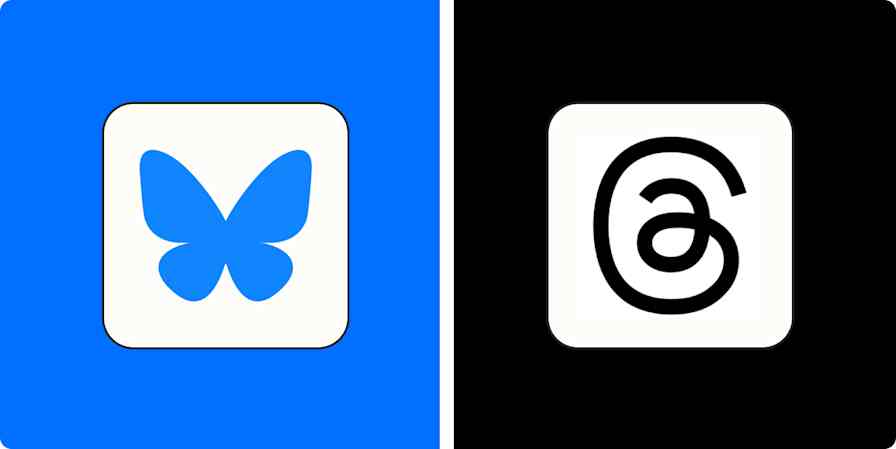Marketing tips
4 min readHow to get your entire org involved with social media—without devolving into chaos
By Aarushi Singh · December 13, 2022

Get productivity tips delivered straight to your inbox
We’ll email you 1-3 times per week—and never share your information.
mentioned apps
Related articles
Improve your productivity automatically. Use Zapier to get your apps working together.









